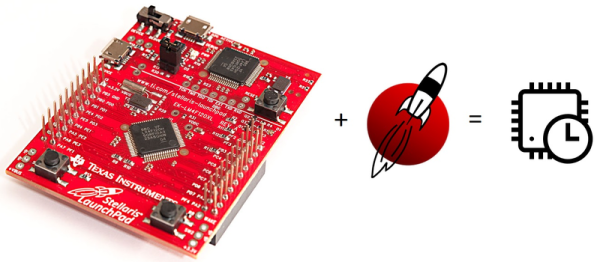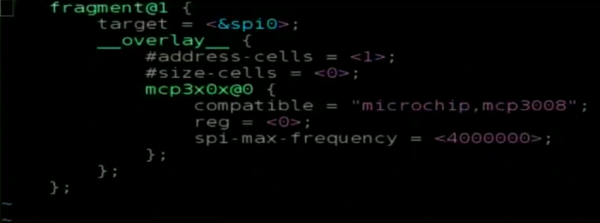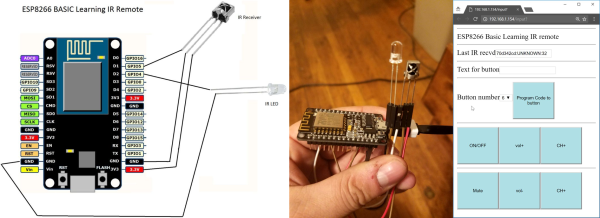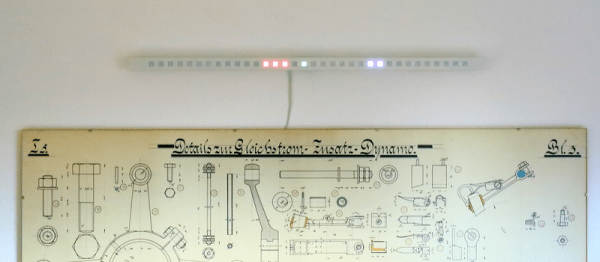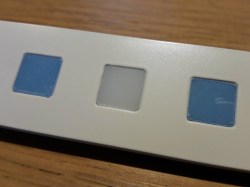A few years ago, [Dark Purple] built the USB equivalent of an RJ45 connector wired into mains power. The USB Killer is a simple device with just a FET, a few high voltage caps, a DC/DC converter, and a USB connector. Plug this device into your computer and -220V is dumped directly into the USB signal wires. This kills your laptop dead.
Over the years we’ve seen the USB Killer evolve from a hand-etched PCB to something less discrete but more discreet. It was a crowdfunding campaign run by a company in Hong Kong, and a few months ago this new commercial version was released.
Now, the USB Killer V3 is out. It provides 1.5 times the power to your poor USB ports, with power surges twice as fast. There’s also an anonymous version that looks like every other USB thumb drive sourced from Hong Kong. This is your warning: never, ever plug an unknown USB thumb drive into your computer.
While a product announcement really isn’t news, it is extremely interesting to take a look at how something that should not exist is being marketed. As with all electronic destructive devices, it’s on your Amazon recommended products list alongside tactical kilts, fingerless gloves, beard oil, and black hoodies. This is pentesting gear, with an anonymous edition for your friend, the hacker called four chan. Don’t think too much about how you’re going to get data off a laptop you just killed, or how you would go undetected by destroying equipment; this is cool hacker stuff.
In addition, the USB Kill 2.0 is FCC and CE approved. This allows you to, “test in complete safety” (their emphasis, not ours). We have no idea what this actually means.


